Hearing-impaired iPhone owners will soon have a smaller, more compact choice for handset-connected hearing aids as the first batch of "Made for iPhone" hearing aids are poised to roll out without the need for intermediary transmitters.
Apple has worked closely with Copenhagen, Denmark-based GN ReSound to bring the Danish audiological company's LiNX hearing aids to market, according to a Monday report from Reuters. The LiNX represents not only the first Made for iPhone hearing aids to come to light since the program's announcement two years ago, but the first hearing aid of any type that can connect directly to a smartphone, bypassing tertiary "streamers" that act as intermediary transmitters between a Bluetooth-equipped device and existing wireless hearing aids.
The hearing aids communicate with Apple devices in the 2.4-gigahertz band using Bluetooth 4.0's low energy mode, the same power-sipping wireless technology that underpins Apple's iBeacons microlocation services and synchronization for connected devices like Fitbit's activity trackers. The hearing aids can be used to stream music and as a two-way headset for receiving phone calls, and owners are able to adjust the hearing aids' settings through a companion iOS app.
Similar Made for iPhone products from competing companies like Minnesota's Starkey Technologies and Smørum, Denmark's William Demant are also said to be on the way, though official announcements have not been made. LiNX is expected to ship early in 2014 at a cost of just over $3,000 per hearing aid.
Apple appears to have dedicated a significant amount of resources toward device accessibility for hearing-impaired users. According to Reuters, "frequent visits" were made in both directions by Apple and GN ReSound personnel in an effort to refine communication APIs and extend battery life in the hearing aids, where space is at a premium.
In addition, Apple is the owner of multiple patents that define a system in which the owners of hearing aids — Â and even the hearing aids themselves — Â could communicate with one another to share information on how best to configure the hearing aids in specific circumstances.
Most modern hearing aids are programmable — Â that is, the parameters of audio capture and amplification can be tuned to deliver the best performance in different environments. A coffee shop, for example, requires the hearing aid to process input differently than it might in a symphony hall.
Apple imagines a future in which hearing aids connected to iOS devices could detect their location and automatically prompt the user to switch programs based on the experience of other hearing aid users in the same place. When combined with other Apple technologies like the iBeacons microlocation service, these advances could lead to a notable increase in quality of life for hearing-impaired iPhone owners.
 Shane Cole
Shane Cole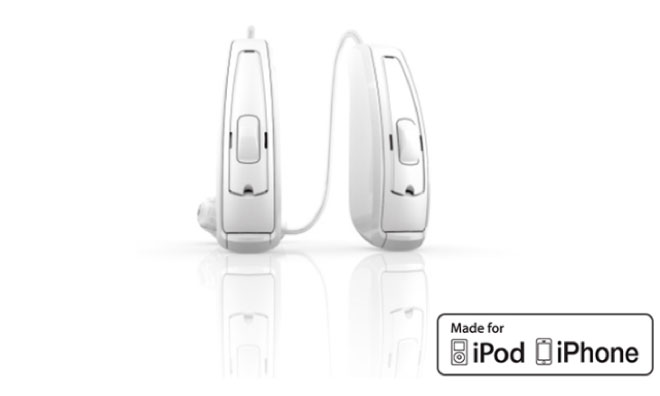
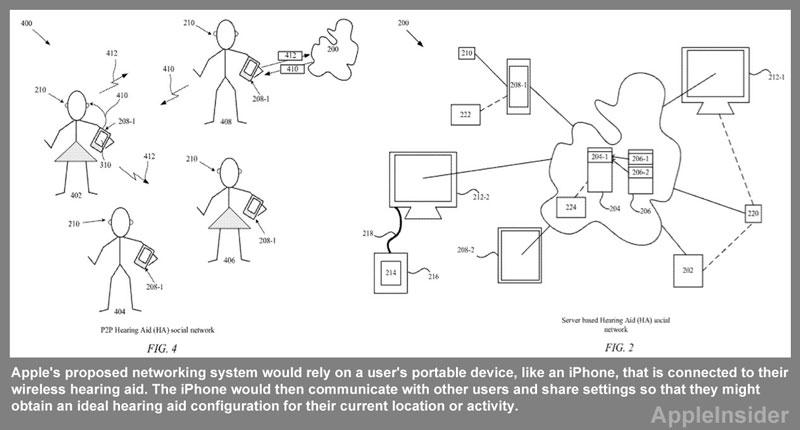
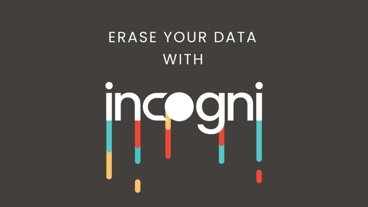






-m.jpg)






 Christine McKee
Christine McKee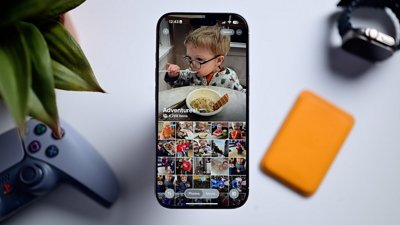
 Andrew O'Hara
Andrew O'Hara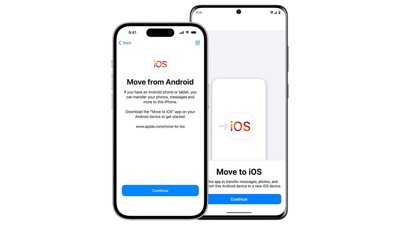
 Amber Neely
Amber Neely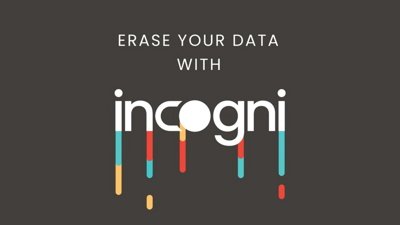
 Sponsored Content
Sponsored Content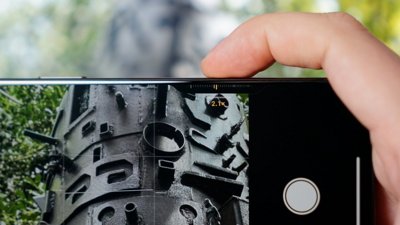
 Charles Martin
Charles Martin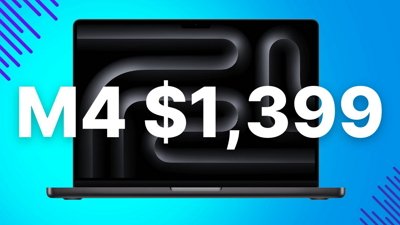
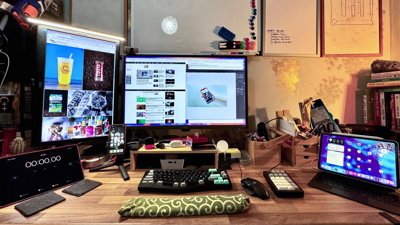
 Malcolm Owen
Malcolm Owen

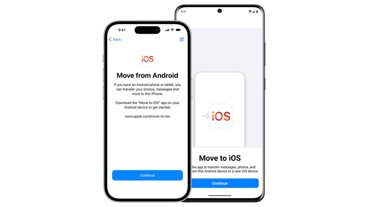
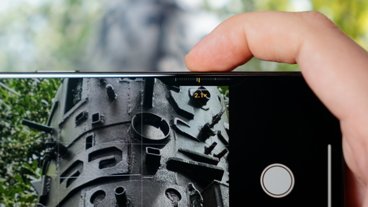






34 Comments
Given the extent to which earphones are in use these days, and the volume levels that are being piped through them, one would expect that hearing aids are going to be a big item 20, 30 years from now when the long term damage starts showing up. Talk about skating to where the puck is going to be!
Hmm, hearing aids cost $3000 ; a nice bluetooth headset with a noise-canceling microphone costs $100. How hard would it be for a headset to be enhanced to use the noise-canceling mic to selectively amplify, market-disrupting Apple?
To many, paying $3000 for a hearing aid sounds outrageous. After all, isn't it just a tiny sound amplifier? Done right, a hearing aid is actually much, much more than that, with a lot of speech processing in the more expensive models to make them work effectively. Prices can run up to twice as high as Apple's model. Here's a recent Consumer's Report description of the market: http://www.consumerreports.org/cro/hearing-aids/buying-guide.htm It'll be interesting to see: 1. How good the professional fitting bundled with the hearing aid is. That's probably why Apple partnered with one of the largest hearing aid companies in the world. 2. If the app allows not just for expert adjustment for particular patients, but for users to quickly adapt the aid for changing situations, such as quiet v. noisy environments. 3. How well the integration with other, non-Apple iPhone apps is done. My own limited contact with Apple's accessibility group left me impressed that they are a dedicated group and that Apple gives them the support they need. I have relatives with hearing problems, so I hope this succeeds. --Michael W. Perry, author of My Nights with Leukemia
Ouch at the price. My daughter has a hearing aid in one ear. I'm not an expert on hearing aids, but according to the audiologist we went to (who is a health care provider that works for the government and is not affiliated with any particular brand), the aid we bought was one of the best on the market. It cost me $900 (it's the over-the-ear type with a custom molded piece for inside the ear). I'm not sure if that's the "real" price, or a subsidized price (seeing as we have health car in Canada).
I remember going to have it set up at the audiologist and found it quite interesting. My daughter had previously had her hearing tested and they plotted a graph of frequency vs hearing loss. They placed the hearing aid on a small wireless pad that looks similar to a wireless charging pad. It was then connected to their computer where they "programmed" the hearing aid to deliver the right amount of equalization and amplification that matched her previous tests. As someone with a background in audio/recording, I found this rather clever. Instead of just making things louder they actually tailored the frequency response of her hearing aid to match her actual ear. Her hearing aid also came with a transmitter for the teacher at school which she wears around her neck and delivers clearer speech straight to my daughter.
I remember thinking at that time it would be a great idea if you could have an App that would do the same thing. Of course, you can't let people at home start mucking around with ALL the hearing aid settings, but it would be great if they allowed you to choose from several presets for different conditions or allowed you to make minor adjustments so you don't have to keep returning to the audiologist when you want something changed. So I find this rather exciting technology.
I am a hearing aid user and would like to commend the comments of Michael W. Perry above. Apple is smart as usual getting into this field, not just because of decibel labels, but because of our aging population, many of whom are or will be computer savvy in the first place. I paid $3000 for my pair - pricey, yes, but worth it because I definitely hear better. But I would love to have control of the "mix" through my iPhone because, as everyone knows, sound quality differs in different venues. Also, as with my tech items, prices will go down.